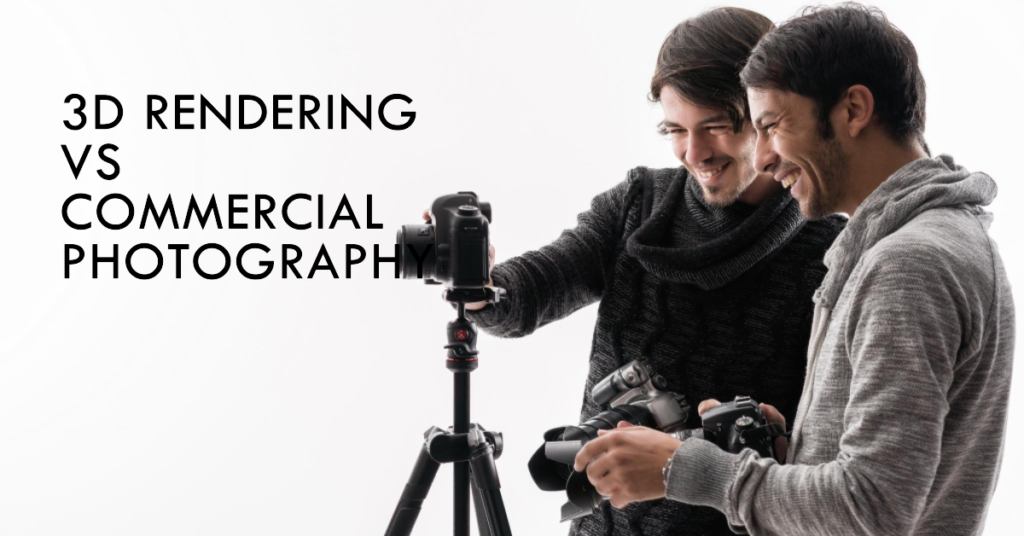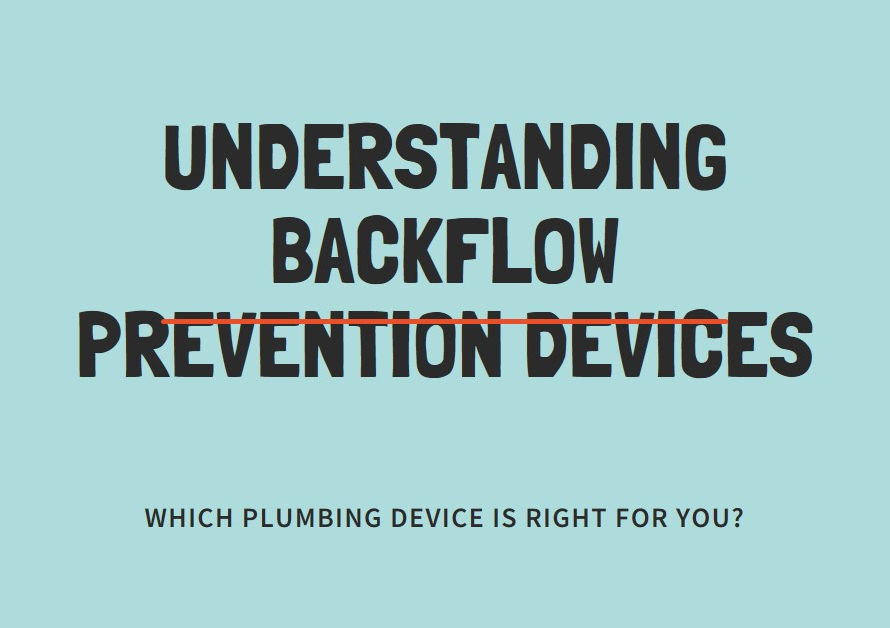
Table of Contents
1. Introduction: The Art and Science of Visual Representation
In the realms of visual representation, two powerful mediums stand out: 3D rendering and commercial photography. Both mediums excel in capturing and portraying scenes, products, and emotions, yet they employ vastly different techniques and workflows. Understanding the strengths, limitations, and applications of each medium is crucial for professionals in industries ranging from advertising to architecture.
2. Evolution of 3D Rendering: From Pixels to Photorealism
The evolution of 3D rendering has been nothing short of remarkable. From early wireframe models to today’s photorealistic renders, advancements in hardware capabilities and rendering algorithms have propelled 3D rendering into the spotlight. Modern rendering engines such as V-Ray, Blender Cycles, and Arnold empower artists to create stunning visuals with lifelike textures, lighting, and environments.
3. Commercial Photography: Capturing Moments in Time
Commercial photography, on the other hand, has a rich history rooted in capturing moments, products, and emotions through the lens of a camera. Professional photographers leverage lighting, composition, and post-processing techniques to create compelling visuals that resonate with audiences. The tactile nature of photography, capturing real-world scenes with cameras and lenses, adds a layer of authenticity and immediacy to the images.
4. Precision vs. Realism: Comparing Techniques
When comparing 3D rendering and commercial photography, one notable difference lies in the techniques employed to achieve visual fidelity. 3D rendering relies on precise modeling, texturing, lighting setups, and rendering algorithms to create virtual scenes. Artists have full control over every aspect of the scene, allowing for meticulous detailing and manipulation.
In contrast, commercial photography relies on capturing real-world scenes or products using cameras and lighting setups. While photographers have control over composition, lighting, and post-processing, they must work within the limitations of the physical environment or subject. Achieving photorealism in photography often requires expert manipulation of lighting, depth of field, and editing techniques.
5. Flexibility and Iteration: Advantages of 3D Rendering
One of the significant advantages of 3D rendering is the flexibility and iteration it offers during the creative process. Artists can manipulate virtual cameras, lighting conditions, materials, and even entire scenes with ease. This flexibility enables rapid prototyping, design variations, and exploration of creative concepts without the constraints of real-world physics or logistics.
Additionally, 3D rendering facilitates the creation of scenes and products that may be challenging or impractical to photograph in real life. From futuristic cityscapes to fantastical creatures, the only limit is the artist’s imagination and technical skills. This versatility makes 3D rendering a preferred choice for industries such as gaming, animation, and architectural visualization.
6. Authenticity and Tangibility: Strengths of Commercial Photography
While 3D rendering offers unparalleled flexibility, commercial photography excels in capturing authenticity and tangibility. Photographs of real-world scenes, products, or people evoke immediate emotional responses due to their inherent realism. The play of light on surfaces, natural imperfections, and human expressions captured in a photograph can convey stories and messages with depth and impact.
Moreover, commercial photography often emphasizes the tactile qualities of products, showcasing textures, details, and craftsmanship that appeal to consumers. Whether it’s food photography highlighting the freshness of ingredients or product photography emphasizing quality and functionality, the tangibility of physical objects in photographs resonates with audiences on a visceral level.
7. Cost Considerations: Balancing Budgets and Quality
When it comes to cost considerations, both 3D rendering and commercial photography have unique factors to consider. 3D rendering projects require skilled artists, powerful hardware, and software licenses, which can contribute to upfront costs. However, once assets are created, they can be reused, repurposed, and modified with relative ease, potentially reducing long-term costs for iterative projects.
On the other hand, commercial photography involves expenses such as professional photographers’ fees, studio rentals, equipment costs, and post-production expenses. While the initial investment can be significant, the ability to capture real-world scenes and products authentically can justify the expenses, especially for marketing campaigns, product launches, and branding efforts that require tangible representations.
8. Time Efficiency: Meeting Deadlines and Iteration Speed
Time efficiency is a critical factor in creative workflows, particularly when meeting tight deadlines or iterating on design concepts. 3D rendering offers advantages in terms of speed for certain tasks, such as creating variations of scenes, testing lighting scenarios, and exploring design alternatives. Digital assets can be modified and rendered quickly, allowing for rapid feedback and iteration cycles.
However, commercial photography can be more time-consuming, especially for complex setups, location shoots, or projects requiring extensive post-processing. Factors such as weather conditions, availability of models or products, and logistical challenges can impact the timeline. Balancing between the speed of 3D rendering and the authenticity of photography depends on project requirements, timelines, and creative objectives.
9. Blending Realities: The Rise of Photorealistic Rendering in Photography
The convergence of 3D rendering techniques with photography, known as photorealistic rendering in photography, is a fascinating trend shaping visual storytelling. By integrating 3D models or elements seamlessly into photographic scenes, artists and photographers can transcend physical limitations and create surreal or hyper-realistic compositions.
Photorealistic rendering in photography finds applications in advertising, product visualization, and artistic expression, blurring the lines between reality and imagination. Whether it’s enhancing product images with virtual environments or creating fantasy scenes with digital characters, this hybrid approach leverages the strengths of both mediums to create compelling visuals.


10. Collaborative Synergy: Leveraging Both Mediums
In conclusion, the choice between 3D rendering and commercial photography often depends on project requirements, budget considerations, creative objectives, and timeline constraints. However, rather than viewing them as competing mediums, savvy professionals recognize the synergies between 3D rendering and photography.
Combining the precision and flexibility of 3D rendering with the authenticity and tangibility of commercial photography opens doors to innovative storytelling, impactful visual communication, and immersive experiences. Whether creating product visualizations, architectural renderings, or marketing campaigns, leveraging the strengths of both mediums can elevate creative outputs and resonate with diverse audiences in today’s visually-driven world.



